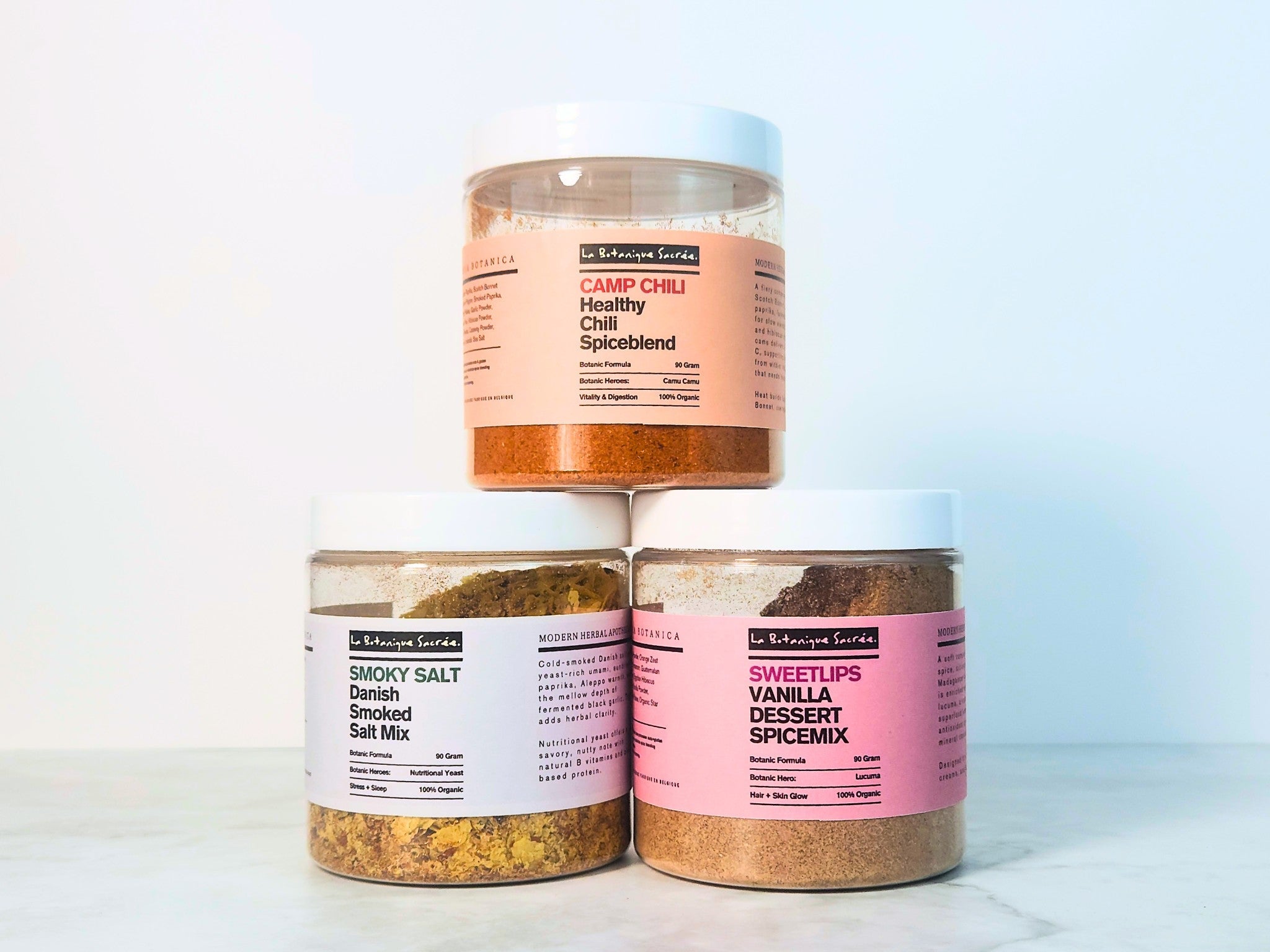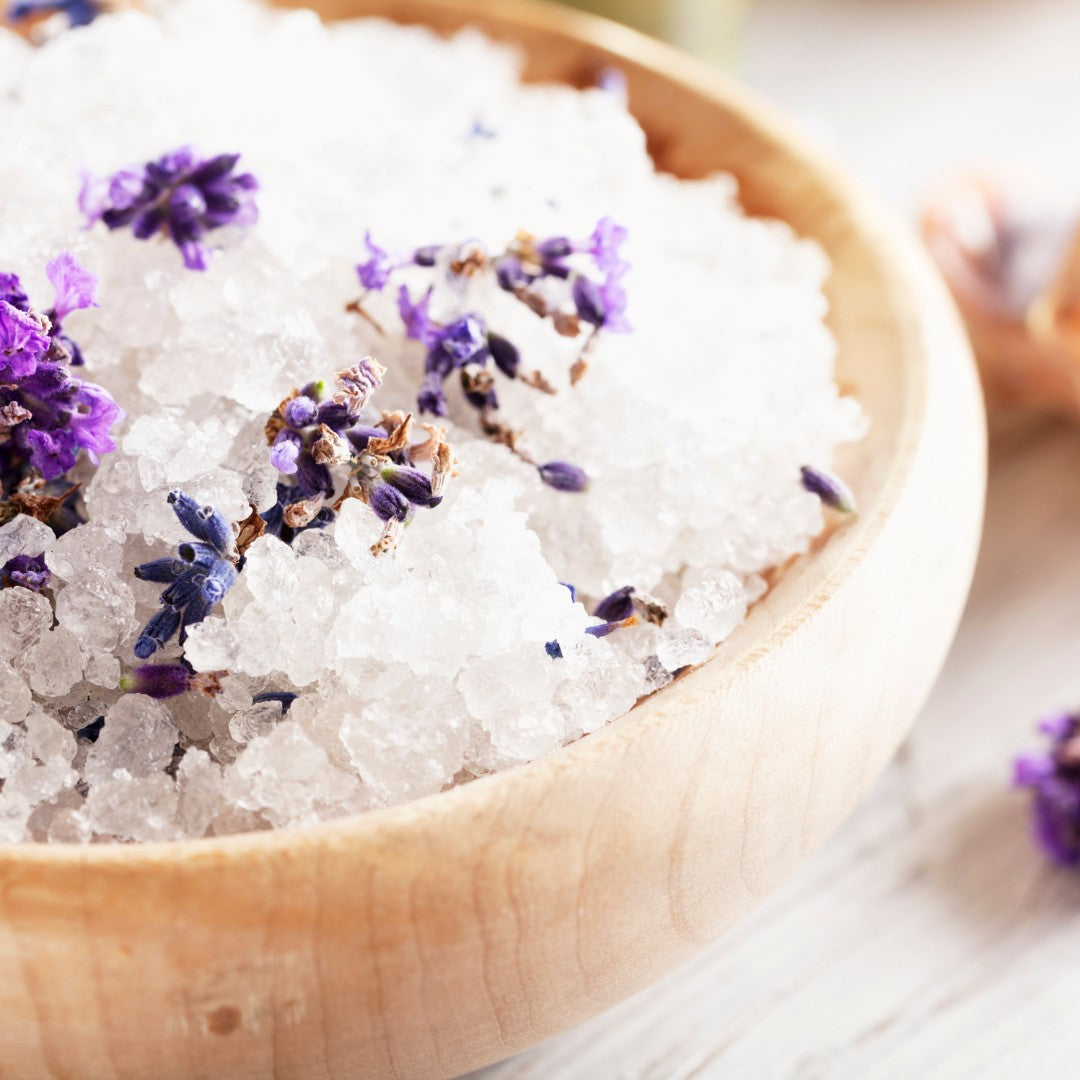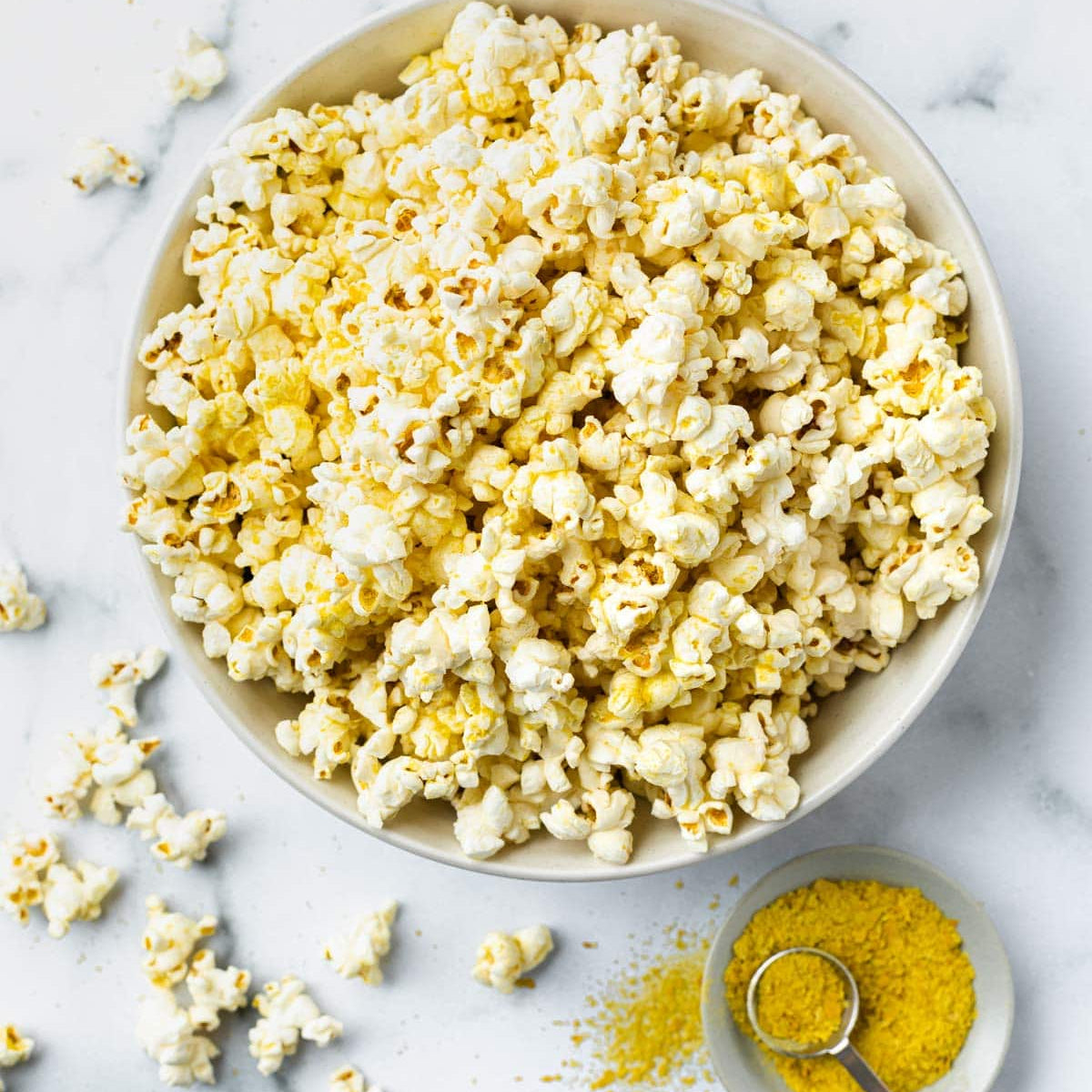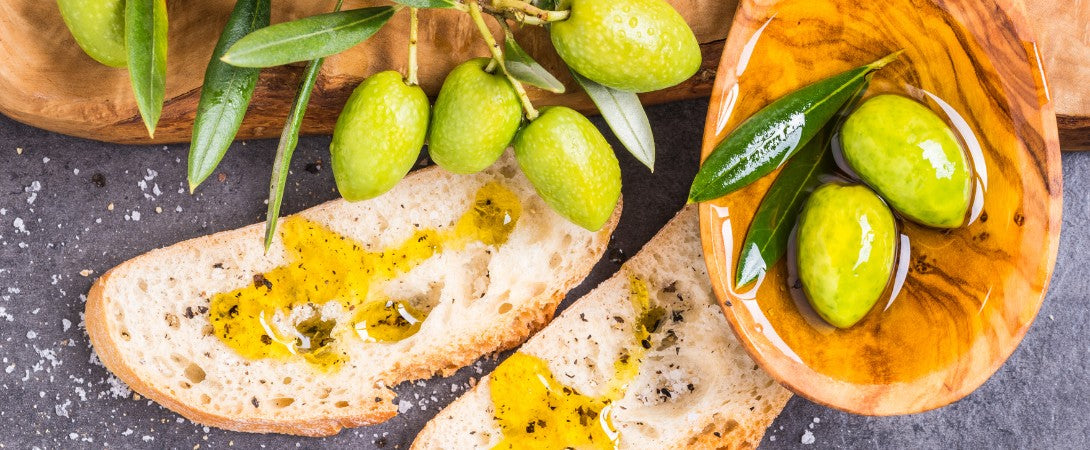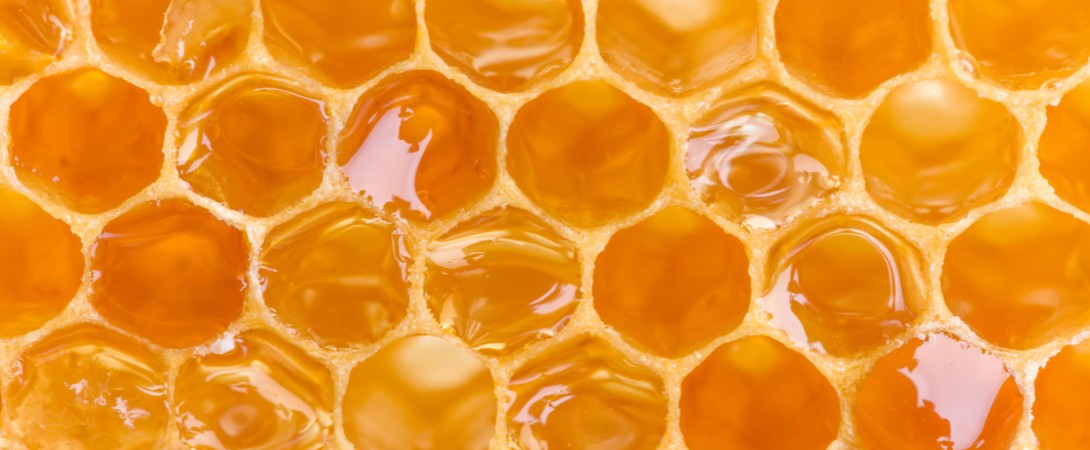True Ceylon Cinnamon from Sri Lanka
Ceylon cinnamon is often called “true cinnamon” because the bark comes from a single shrub-like tree that grows almost entirely in Sri Lanka. The quills roll up in many thin layers, light tan in colour and fragile to the touch. Snap one and a sugary wood perfume rises at once. That gentle scent makes bakers, baristas, and herbalists reach past cassia for this more delicate cousin.
Read on and find clear answers to everyday questions about cinnamon benefits, how cinnamon of Ceylon differs from common cassia, and why even a simple cinnamon tea feels richer when the bark is cinnamon from Ceylon true cinnamon.
Science and Composition
Chemical Composition
Essential-oil assays place total volatile content between one and two percent by weight, far lower than clove but high enough for noticeable lift. The hero molecule is cinnamaldehyde , sitting close to sixty percent of the oil, followed by eugenol and linalool that add soft floral shadows.
Ceylon samples typically hold less than 0.004 percent coumarin, over two hundred times lower than cassia, making daily use safer for the liver.
Food labs confirm the same low score in commercial quills and in our own powder batches.
A teaspoon of ground cinnamon spice weighs about 2.6 grams and carries six calories, a pinch of fibre, and trace iron
Origin & Nutritional Composition
The best “cinnamon of Ceylon” still comes from family gardens along Sri Lanka’s southwest coast where sandy loam and salty air give mild sweetness.
Peelers cut young shoots, scrape away outer roughness, then coax inner bark into forty-two-inch sticks called quills, each padded with smaller strips so every grade stays straight .
Those quills dry in shade, avoiding direct sun that would bleach colour and sack aroma.
We use 100 percent organic Ceylon cinnamon powder, pesticide free, herbicide free, nothing added but the bark itself.
Low coumarin means the powder is better suited to daily sprinkling in porridges or frothy cinnamon tea.
Reported Health Benefits
Modern studies look at blood sugar balance, lipid control, and antioxidant activity when they list broad cinnamon benefits.
Human trials show that four weeks of Ceylon extract helped volunteers lower fasting glucose, though doses and formulas still vary across papers.
In cell culture, cinnamic and phenolic acids appear to slow inflammatory signalling and free-radical damage.
Dietitians note that Ceylon’s slim coumarin content lets frequent tea drinkers enjoy flavour without overloading liver enzymes, something cassia cannot guarantee .
That gentle safety net keeps Ceylon bark popular among people who add a teaspoon of cinnamon spice to smoothies every morning
Heritage and Function
Cultural Significance & Historical Significance
Cinnamon and spice powered the first true global trade loop. Arab sailors guarded Sri Lankan groves and spun myths of deadly cinnamon-collecting birds so outsiders would stay away.
Portuguese fleets captured the island in 1505, then Dutch and British crowns each followed, eager to tax the fragrant bark that flavoured court desserts.
Medieval apothecaries sold powder as a warming tonic, while monks steeped broken quills into winter tonics that blurred the line between broth and cinnamon tea.
Today seasoned peelers can still earn double the local wage, though younger hands drift toward city jobs, placing the craft at risk.
Flavor Profile
Open a jar and a feather-light aroma of brown sugar curls out, soon joined by soft clove and delicate citrus. Cassia tastes louder, almost spicy-hot, whereas Ceylon offers sweet wood that fades into clean pine.
Bloom the powder in oat milk for breakfast or stir it raw into yogurt where its paper-thin bitterness balances dairy fat. Toasting for ten seconds wakes caramel notes and a trace of dried orange. Bakers lean on that nuance in everything from Viennese buns to Mexican arroz con leche.
Fun Tidbits
Marco Polo praised the bark in 1293 yet confused its tree with a phoenix myth.
The Sri Lankan quill standard measures exactly forty-two inches so sticks fit colonial shipping chests.
Peelers wrap fresh bark around their forearms to absorb oil and keep mosquitoes away during monsoon harvest.
A Sri Lankan café scene called The Cardamom Club recently added cold-brew with Ceylon cinnamon and lime to its menu, proving heritage can play with hip.
La Botanique Sacrée's Approach
We rely on one ingredient line: organic Ceylon cinnamon powder flagged “100% pure organic cinnamon spice” in our dossier, with coumarin tests on every lot
THE SOUK - Moroccan ras el hanout royal with floral spice, carob and lucuma; cinnamon anchors warmth in the core stack.
PSALM BAKE - Nordic baking spice with turmeric, wild blueberry, sea buckthorn, birchwood-smoked salt, vanilla, and cinnamon.
SWEETLIPS - Lucuma and vanilla dessert blend with hibiscus, citrus zest, green cardamom, and soft cinnamon.
NOOCHAS Vanilla Maple - Snackable nooch blend with coconut sugar, lucuma, vanilla bean, Persian blue salt, and warming cinnamon.




